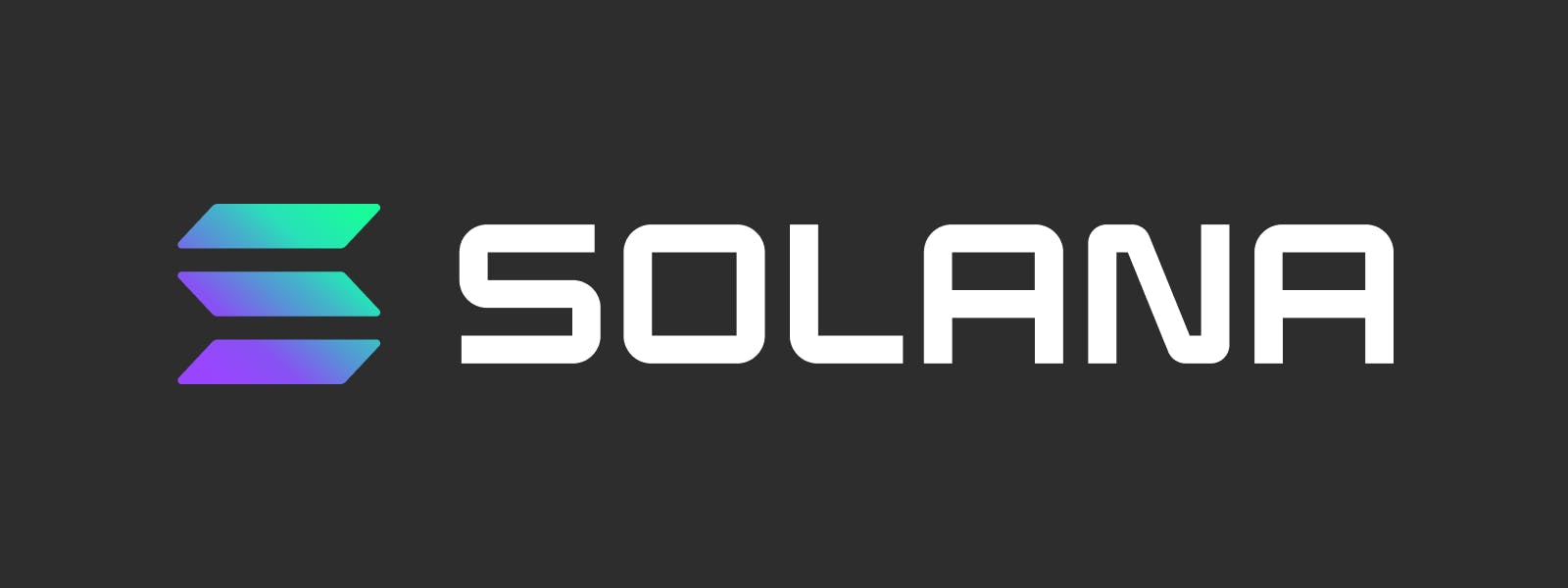Examining Blockchain Transaction Speed: Real Performance vs. Marketing Claims
Introduction
In the ever-changing world of blockchain technology, there's often a lot of talk about how many transactions it can handle per second. But let's take a closer look beyond the marketing hype and dive into the actual world of blockchain speed, without all the complicated terms and fancy talk.
Understanding Blockchain Speed
In the world of blockchain, you often see big flashy numbers like "maximum transactions per second" advertised on websites and in marketing materials. But as people who use blockchain tech, we can tell fact from fiction. Today we will explore the real-time transaction speed versus those big "maximum transactions per second" claims that might change how you see things.
Setting the Stage: Real-Time vs. Maximum Theoretical Throughput
We expect there to be a difference between how many transactions a blockchain can handle in real-time and what's often advertised as the maximum throughput. Our goal is to dig deep and provide a detailed understanding that goes beyond surface-level numbers.
Our Approach: Revealing Actual Network Activity
Our method involves connecting to blockchain networks, fetching transactions, and calculating the average TPS based on data from the last 100 blocks. Every blockchain has its own pace with varying block times, but we're not going to take block time into consideration today for simplicity purposes.
Examining Well-Known Blockchain Projects
Let's take a good look at some well-known blockchain networks – Solana, Arbitrum, Avalanche, Ethereum, and Bitcoin – and see how they really perform.

Solana might have said they can do "65,000 transactions per second" on their website, but in reality, they're clocking in at a pretty impressive 299.91! That's a huge 217 times more than what they claimed.

Arbitrum advertised a solid "40,000 transactions per second," but our investigation shows that they're really doing just 8.07 transactions per second. That's a massive difference of 4956 times – a real wake-up call for accurate reporting.

Avalanche claimed "4,500 transactions per second," but the actual speed is much lower at 2.01 transactions per second. This significant difference of 2500 times shows the importance of being transparent about real-world performance.

Ethereum hasn't been making big claims about speed. Their maximum recorded speed is 56, and their current speed is around 11.14 transactions per second. While it's just five times less, it shows they're not overhyping their capabilities.

Bitcoin has never tried to be the fastest. Theoretically, it can handle about 7 transactions per second, but in practice, it's around 4.18. It's just 1.67 times less, but Bitcoin is all about trustworthiness and resilience.
Closing Thoughts: More Than Just Numbers
These findings highlight the big difference between what blockchain projects say they can do and what they actually do in the real world. While big numbers can be impressive, they're not the only measure of success. What really matters is how these technologies are adopted and used.
Data Source and Verification
We got our data from chainspect.app 🚀, but we encourage you to double-check our analysis. Blockchain's strength lies in its transparency and being able to verify things for yourself. Explore, scrutinize, and let the truth speak for itself.
